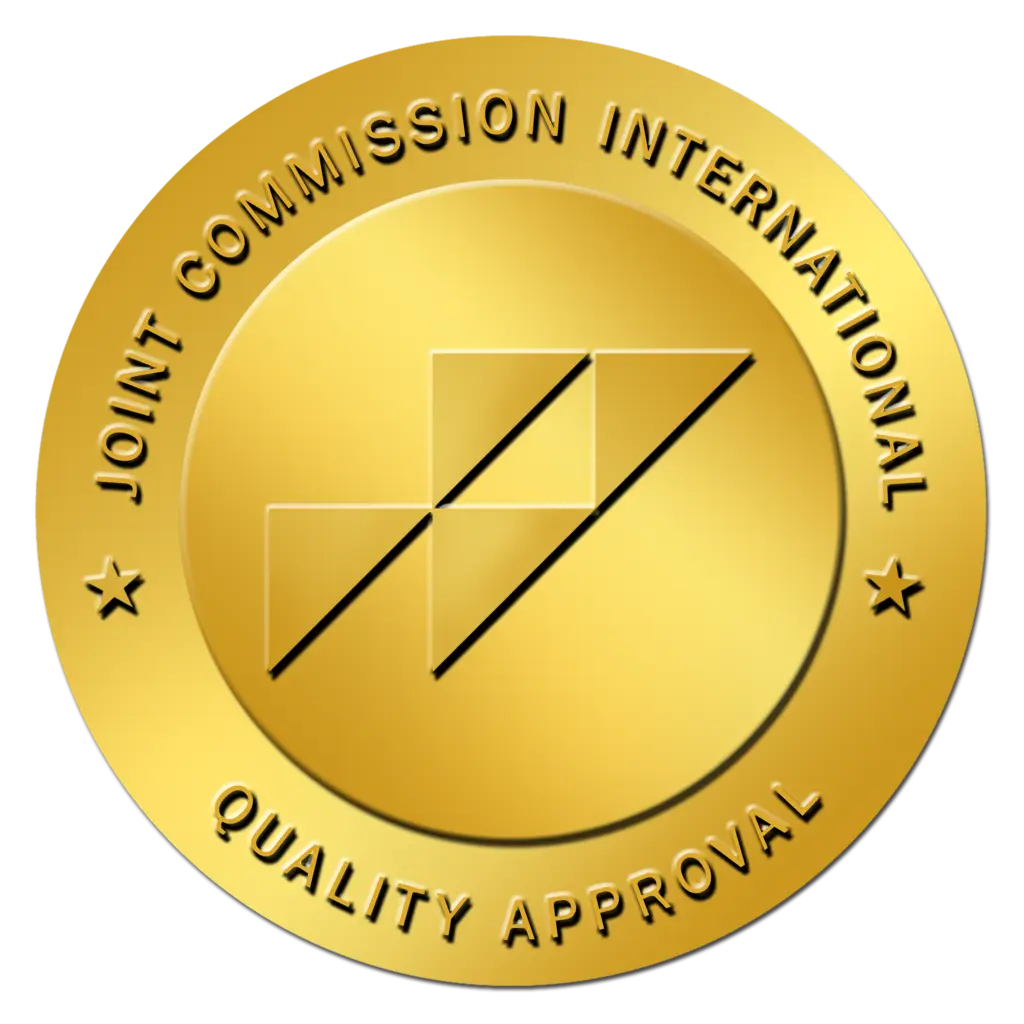Da Vinci Robotic Surgery is a system in which surgical procedures are performed using robotic systems. It is performed by the surgeon remotely controlling the robotic arms via a high-resolution camera sent through small incisions.
The main advantage of robotic surgery is that more precise movements can be made and faster recovery can be achieved thanks to surgeries performed with small incisions.
Robotic arms allow for movements that are not possible with human hands. Thus, the aim is to minimize the margin of error that may occur.
What is Robotic Prostate Surgery?
Prostate cancer is one of the most common types of cancer in men. When diagnosed at an early stage, the chance of cure is quite high. In the developing and changing medical world, more effective and comfortable methods have begun to be applied in prostate cancer surgery.
Robotic prostate surgery is a minimally invasive (closed) surgical procedure used in the treatment of prostate cancer. Robotic prostate surgery is performed using the da Vinci robotic surgical system.
In the robotic surgery system, the surgeon uses the arms of the da Vinci robotic surgery system to make precise movements. The robotic system transfers the surgeon’s hand movements to the surgical field with millimeter precision, and the surgery is completed in a much more controlled manner.
This type of surgery is especially preferred in radical prostatectomy (removal of the entire prostate). High-resolution 3D imaging, non-shaking movements and the ability to work in narrow spaces significantly increase patient comfort and surgical success.
What is the Difference Between Robotic Prostate Cancer Surgery and the Classical Method?
Traditional surgical methods include open surgery and laparoscopic surgery. Robotic surgery is an advanced form of laparoscopic surgery.
| Open Radical Prostate:
|
Laparoscopic Radical:
|
Robotics Radical:
|
|
|
|
Advantages of Robotic Prostate Surgery
Robotic surgery can be preferred in prostate cancer treatment due to its many advantages, both medically and psychologically.
- The operation is performed with smaller incisions.
- This is important both for aesthetic reasons and to reduce the risk of infection.
- Thanks to the sensitive operation of the robotic system, vascular structures are better preserved.
- The need for blood transfusion is minimized.
- After robotic surgery, patients can usually be discharged within 1-2 days.
- After robotic surgery, patients return to their normal social and business life within 2 to 3 weeks.
- Thanks to the small incisions, there is less post-operative pain.
- The need for painkillers also decreases accordingly.
- Thanks to the robotic system, the nerves can be protected more carefully.
- This contributes to fewer post-operative urinary incontinence and erectile dysfunction problems.
- Robotic arms operate without vibration.
- The surgeon can complete the surgery with millimetric precision while preserving the nerve, vascular and muscle tissues.
Robotic Prostate Surgery Recovery Process
The recovery process for robotic prostate surgery may be faster than open surgery, but this depends on several factors.
Patients usually stay in the hospital less after robotic prostate surgery. A catheter is usually required for 7-10 days to allow the connection between the urethra and the bladder to heal.
In addition, pain and the healing process may vary from patient to patient.
Return of sexual functions is possible after nerve-sparing surgery, but it may take several months. During this period, drug treatments can be applied as a support under the supervision of a doctor.
The exact recovery process may vary depending on individual factors, the details of the surgery, and the presence or absence of complications.
Results of Robotic Prostate Surgery
Robotic prostate surgery is a safe treatment method that provides successful results. Especially in the early stages when the cancer is organ-limited, long-term survival rates are quite high.
The results of robotic prostate surgery may vary depending on the patient’s general health, cancer stage, complications and other medical conditions.
Frequently Asked Questions About Robotic Prostate Surgery
During robotic surgery, does the robot perform the surgery?
No. The robot is only under the surgeon’s control. All movements are made by the surgeon’s instructions from the console.
Can every prostate cancer patient have robotic surgery?
Robotic surgery is generally preferred for early-stage prostate cancer. However, it can also be applied in advanced stages under certain conditions. Suitability should be evaluated by a urologist.
What should be the PSA level after surgery?
After complete prostate removal, the PSA level should be close to zero. An increase in the PSA value during follow-up may indicate the possibility of recurrence.
Will sexual functions fully return after surgery?
In cases where nerves can be preserved, sexual functions can be largely restored. This process depends on individual characteristics and additional treatments.
Is robotic surgery covered by Social Security?
Social Security covers robotic surgery in some cases, but this may vary depending on the hospital’s agreement and the patient’s condition.
Note: This article is for general information purposes only. In case of any health issue, it is recommended that you consult a qualified health professional.




